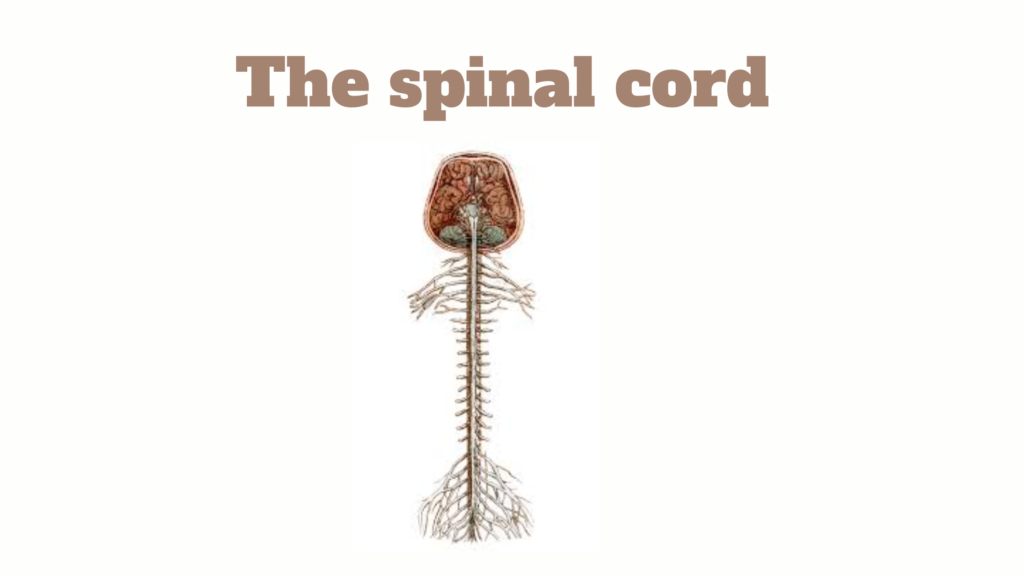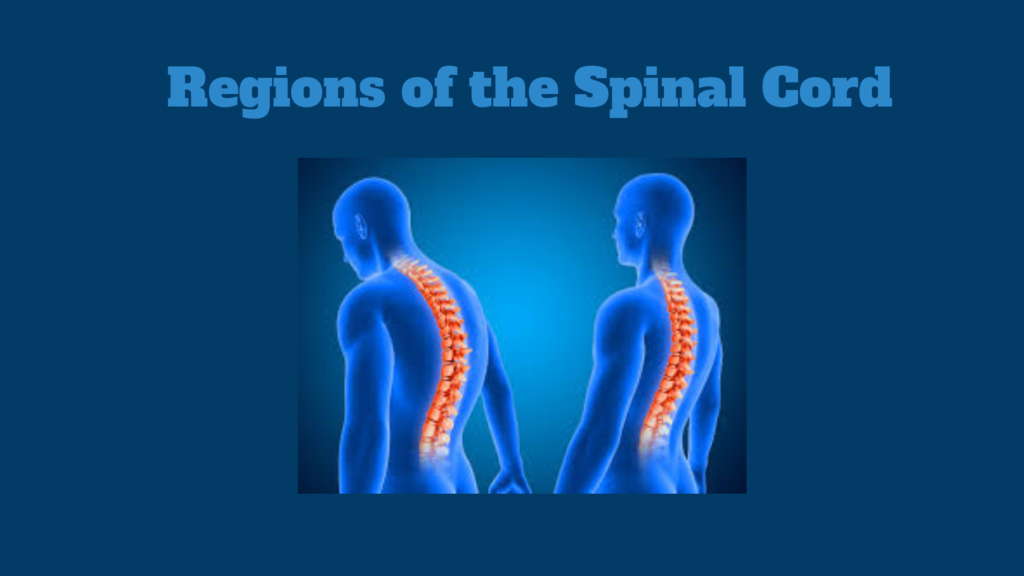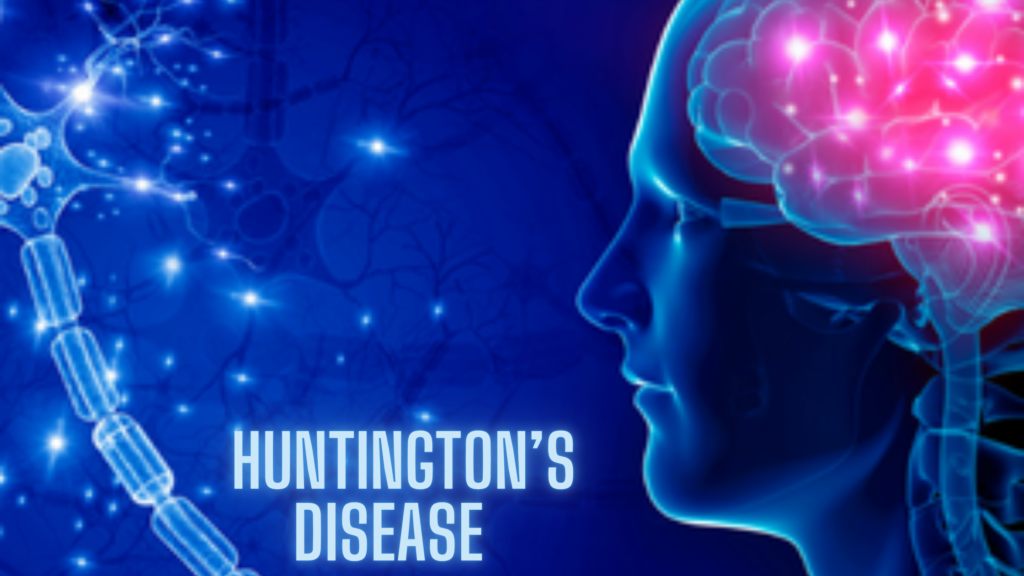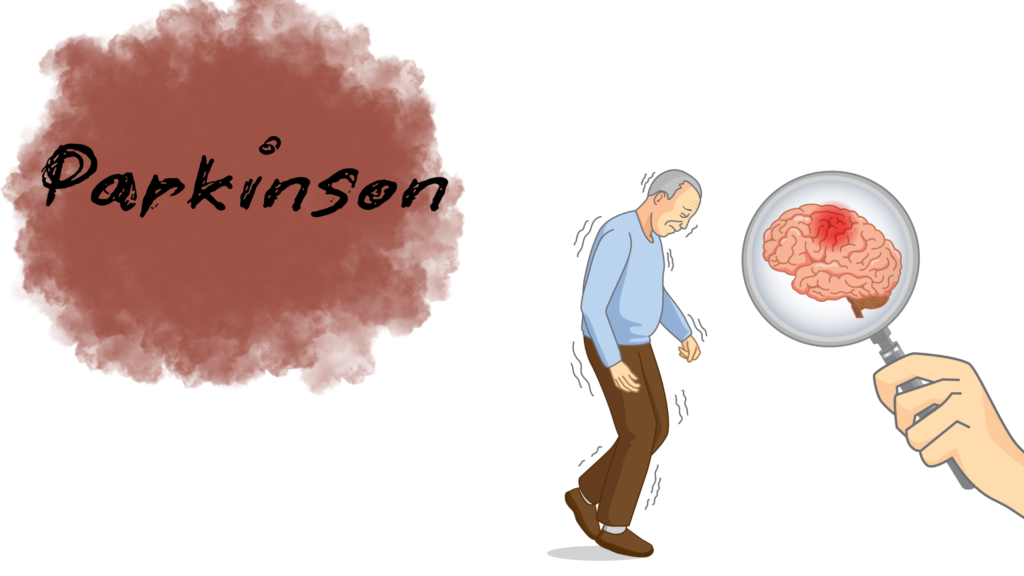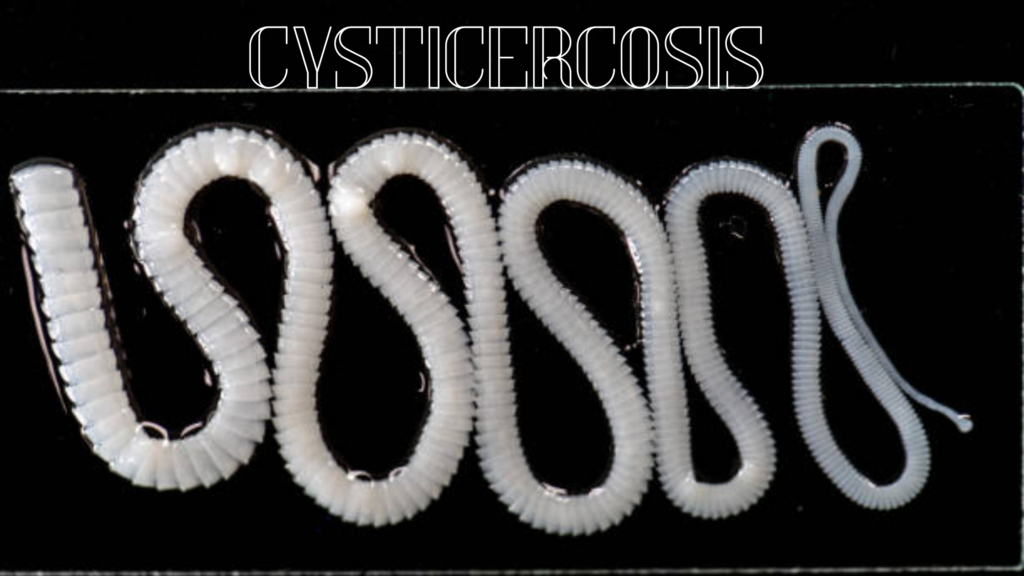The spinal cord
The spinal cord is a vital component of the central nervous system, responsible for transmitting nerve signals between the brain and the rest of the body. Structurally, it comprises two primary types of tissue: gray matter and white matter, each with distinct functions and characteristics. 🧠 Gray Matter ⚪ White Matter
